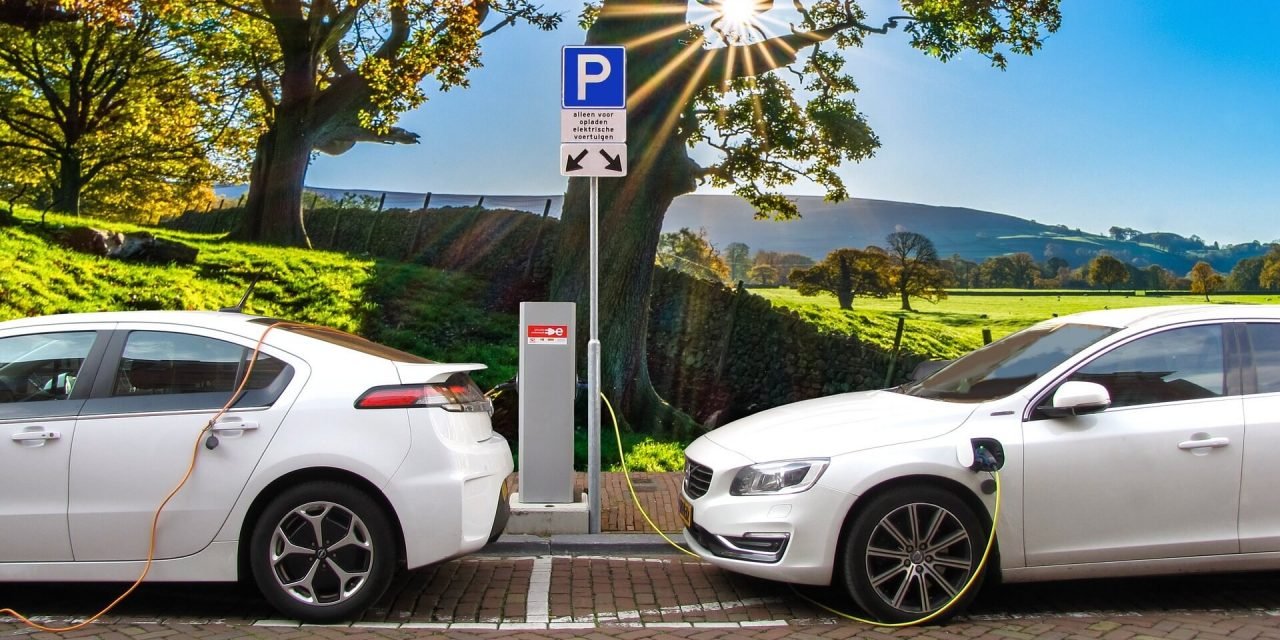
To prevent electric cars from being unexpectedly empty after being discharged, the vehicle just makes part of the battery capacity available to feed the electricity grid. The owner gives permission for this and decides for himself how much of the car’s electricity can be used.
Electric cars from Japanese car manufacturers can both charge and discharge. Renault Zoe is the only European e-car that can do this for the time being. However, BMW announced last week that it would also focus on bi-directional charging. Research projects have been launched and in some cases completed in Denmark, Japan and the United Kingdom, as well as in the US. Earlier this year in the Dutch city of Utrecht a project was started with stations that can charge and discharge electric cars. This will enable the car to return electricity to the network at times of energy scarcity. The Utrecht energy and mobility system is a collaboration between We Drive Solar and Renault. With the system, the partnership wants to contribute to the solution of a major energy problem: the supply of sustainable energy at times of scarcity. “We see the car as a battery on wheels”, explains Robin Berg of We Drive Solar. “That battery is so large that with daily use you only need a quarter of it. Three-quarters will only be used if you take a long ride or go on holiday.”
State Secretary Van Veldhoven (Infrastructure and Water) recently announced a 5 million euros subsidy for municipalities in the construction of a network of charging stations. The money will be used in 21 municipalities throughout the Netherlands to build a total of 472 smart recharging points. “Electric driving is becoming the new norm. I, therefore, not only want more charging points but also smarter ones. They relieve the power grid, make better use of green electricity and make charging your car even cheaper”, says Van Veldhoven.
BMW
A consortium led by BMW is also investigating ways of linking renewable energy networks to the batteries of electric vehicles by means of ‘bi-directional charging’. In this project, BMW explains, “companies and institutions from the automotive, energy and scientific sectors will work together to develop technological solutions that will make electric mobility more comfortable, cheaper and more low-emission for users”. The aim of the interdisciplinary project partners is to connect vehicles, charging infrastructure and electricity grids so that energy can be used as effectively and efficiently as possible. The project will start with a fleet of 50 i3 EVs equipped with the ability to feed power back into the system. BMW customers are expected to be able to start testing these cars in practice in early 2021. In addition to BMW, TenneT, the German Aerospace Centre and the Karlsruhe Institute of Technology are involved in this project.